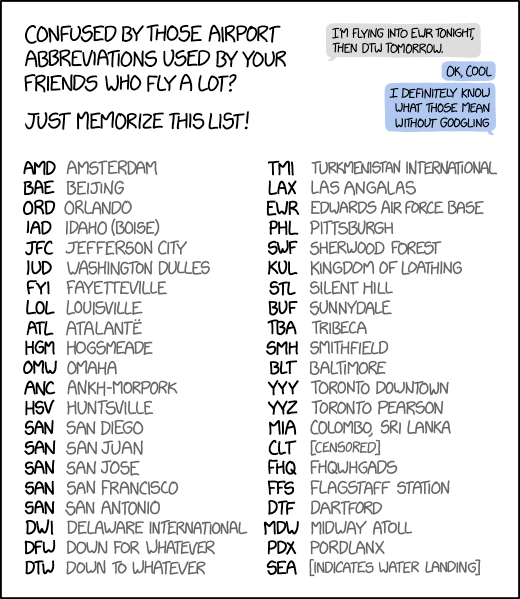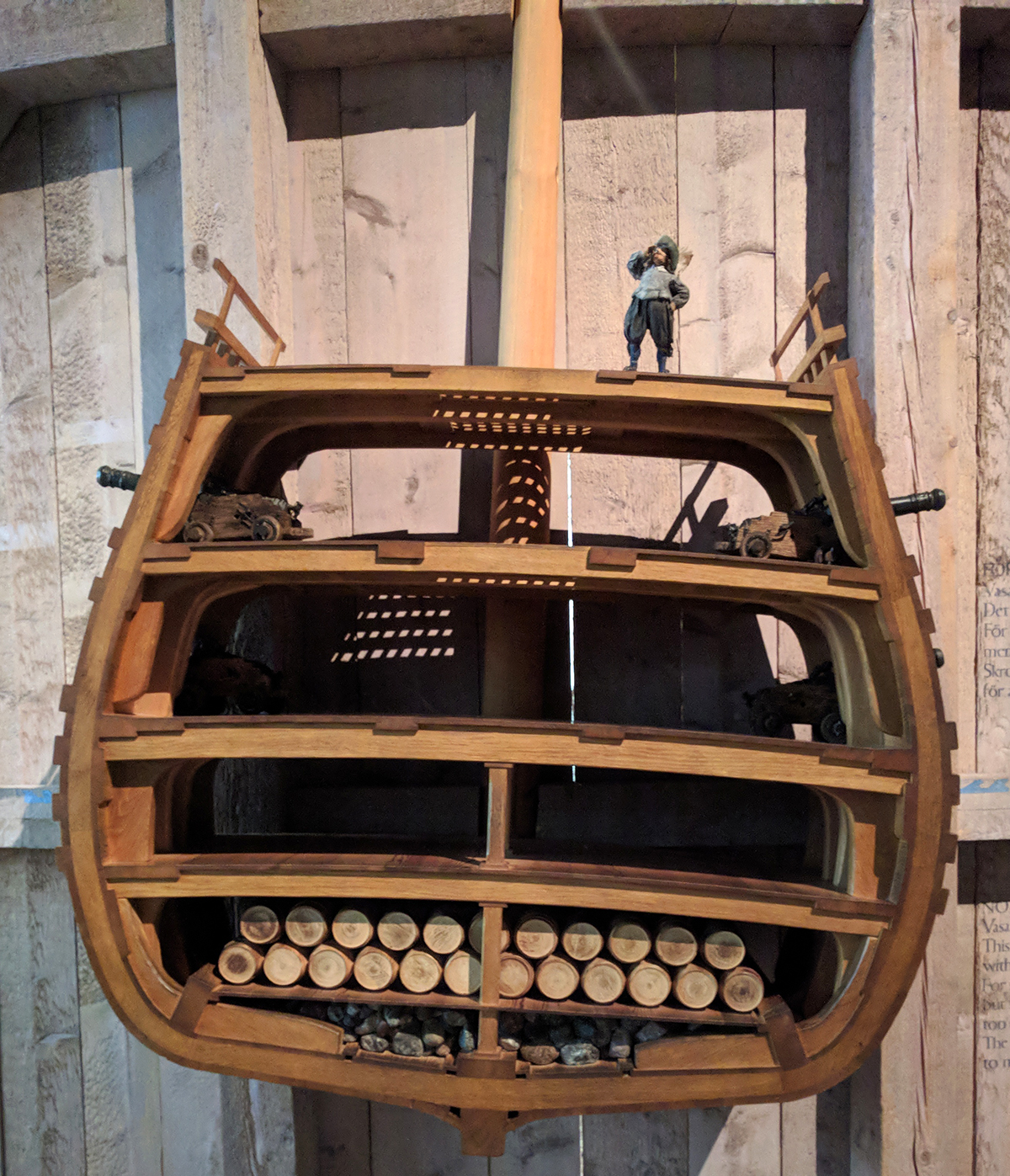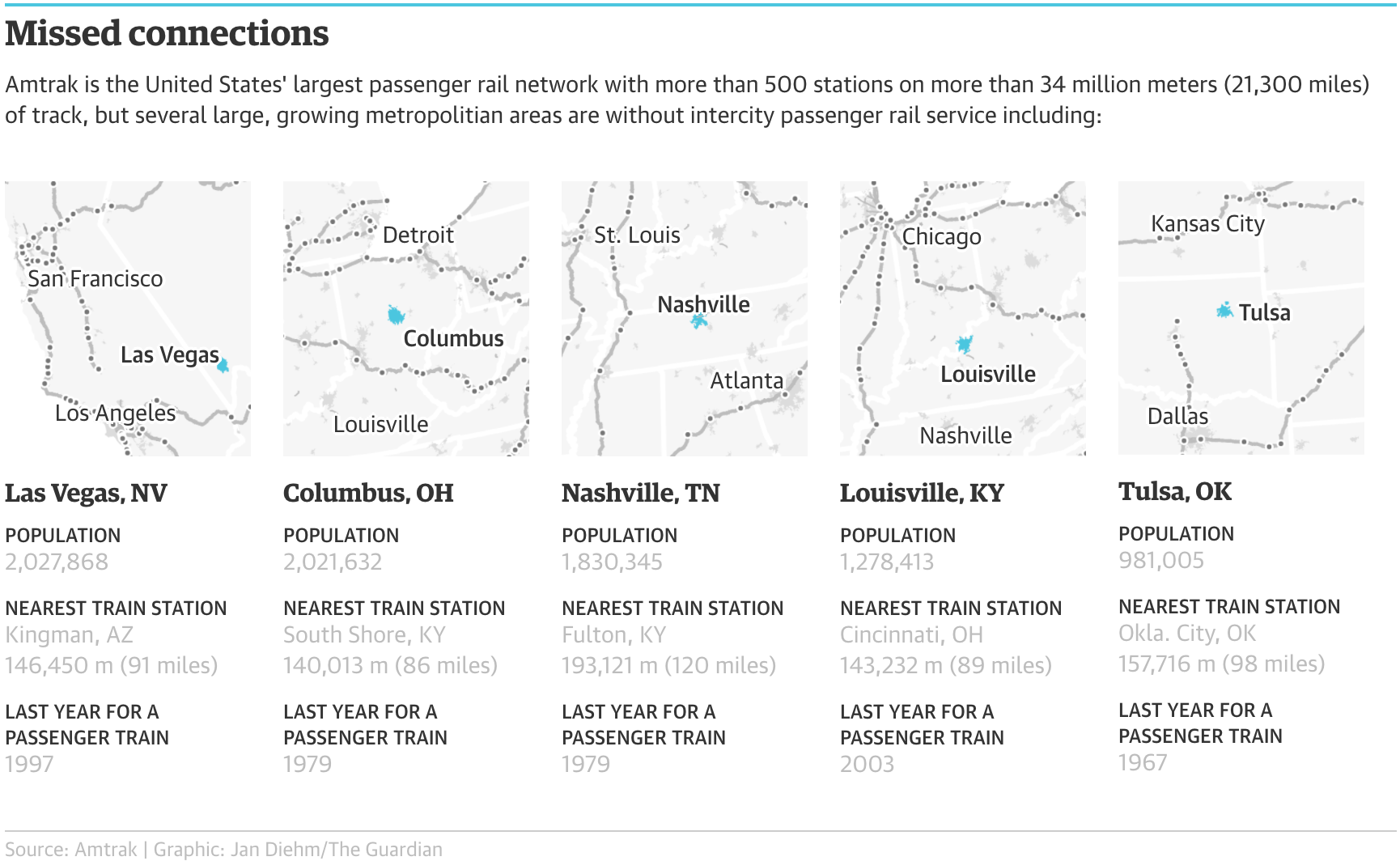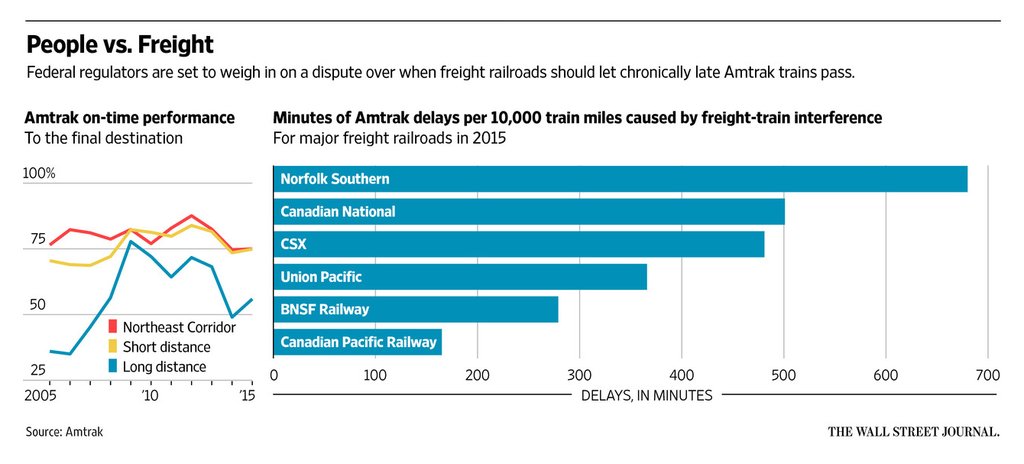This past weekend I saw the film Darkest Hour with one of my mates. The film focuses on Winston Churchill at the very beginning of his term as prime minister. Coincidentally I was walking through some of the very rooms and corridors depicted in the film—and rather accurately I should say—just one week prior.
One of the things in the real place that caught my eye in particular was the Map Room Annex. Most people know about the Map Room proper, from which the British Empire’s war effort was coordinated, but the annex contained data on wartime casualties, material production, &c. Consequently the walls were lined with displays of that data. But this was also the early 1940s and so none of it was computerised. Instead, we had handmade charts.
Alas, the space is quite narrow and the museum was quite crowded. So I only managed a snapshot or two, but I think this one does some justice to the hardworking folks producing charts about the war.
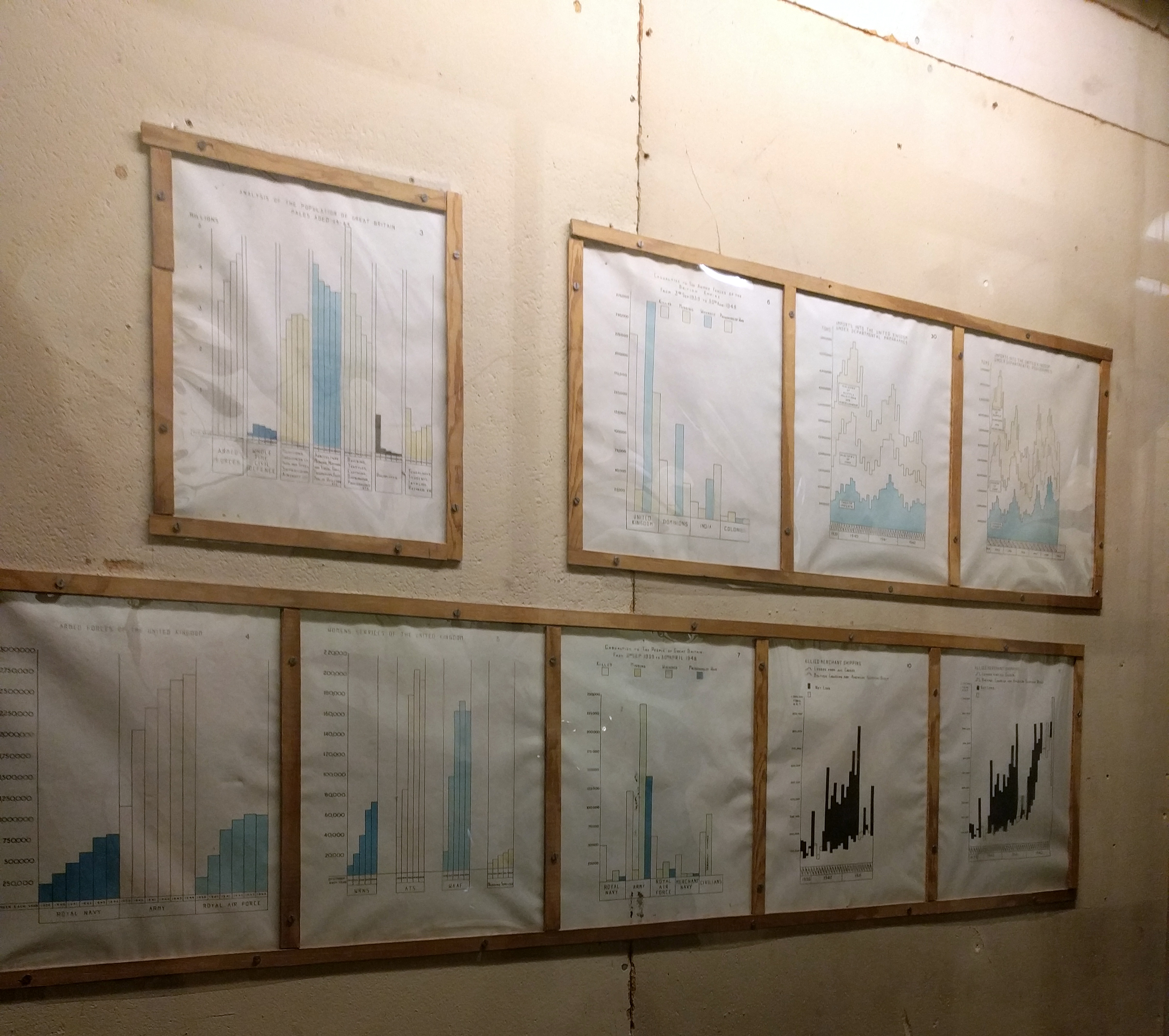
Credit for the piece goes to some junior officer/staffer back in the day.

